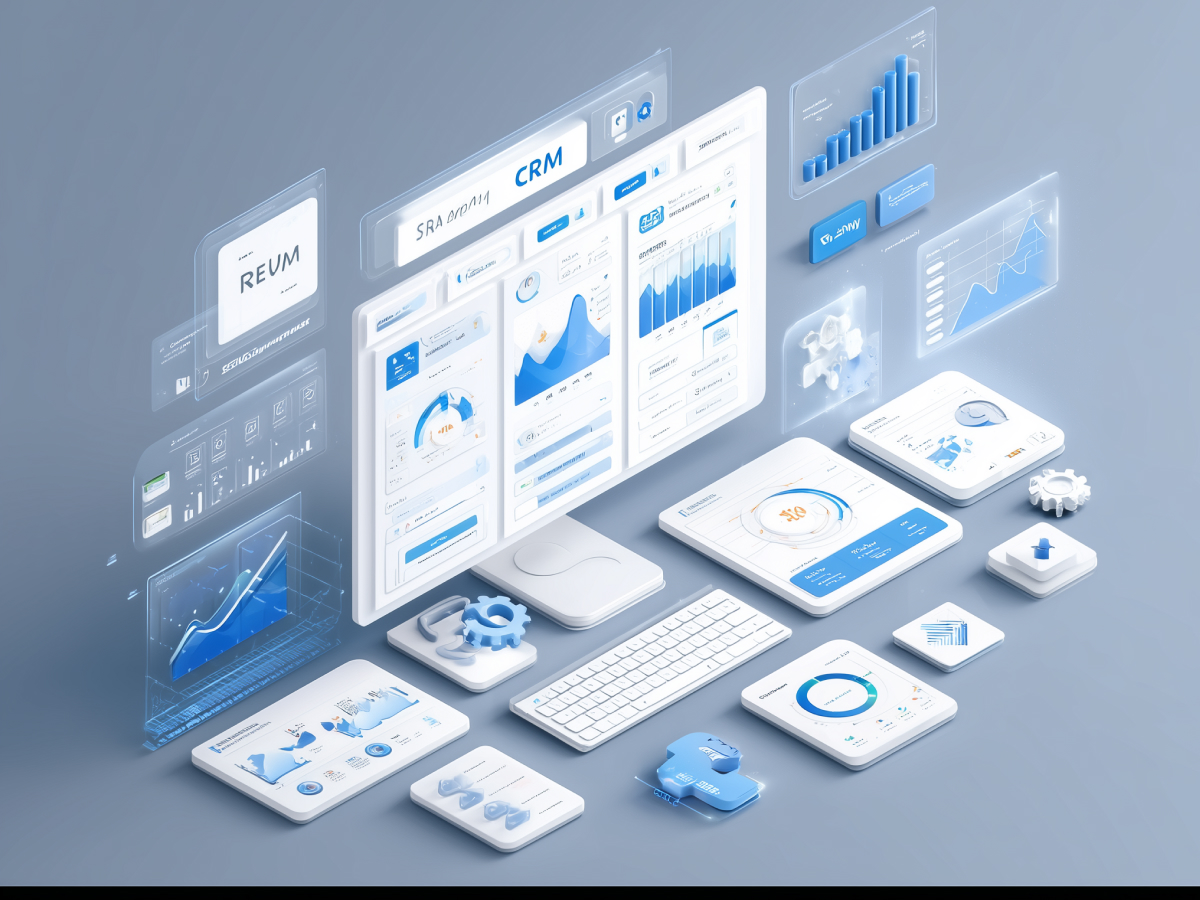Edge AI reduces latency and improves real-time processing
AI can’t deliver on its full potential if it’s constantly waiting around for the cloud. That’s the problem edge AI is fixing, and fast. Instead of sending raw data across the internet to centralized servers and waiting for decisions to come back, edge AI keeps the thinking close to where the data is created. We’re talking about AI models sitting directly on the device, phones, IoT sensors, in-store systems. The result is real-time actions without the lag.
Baris Sarer, who leads Deloitte’s AI practice in tech, media, and telecom, explained it clearly. The data stays where it’s generated. It doesn’t bounce around public networks. That cuts down latency, reduces costs, and avoids cloud-related privacy headaches. When timing and response are mission-critical, think autonomous machines, live security feed analysis, industrial control systems, edge AI moves faster, smarter, and closer to the source.
For C-suite leaders, this is a strategic edge. It’s about shifting control. You’re no longer dependent on external network conditions or cloud providers to run your AI. You own the workflow. That means better uptime, better outcomes, and fewer risks when every millisecond counts.
Edge AI improves data privacy and operational efficiency
Data doesn’t like to travel far, especially when it’s private, high-volume, or expensive to move. With edge AI, less of it has to. The system processes data directly on the device instead of constantly sending it back and forth to the cloud. This simple shift changes everything for privacy, compliance, and performance.
Mat Gilbert, Head of AI and Data at Synapse (part of Capgemini Invent), pointed out why this matters. Less transmission means lower exposure. For industries working with sensitive patient info, customer behavior, or security footage, that’s crucial. And in places with unreliable or costly internet, like manufacturing floors, rural setups, or even moving vehicles, running AI locally boosts uptime and trims operating costs.
This also gives teams more control over how information flows. You decide what stays local and what gets escalated. That control is increasingly important as regulatory demands tighten, especially around customer data. And from a cost standpoint, cloud compute and bandwidth aren’t cheap. You reduce both when your devices do more of the heavy lifting themselves.
So if you’re managing operations in remote or high-compliance environments, or just want a tighter grip on your data game, edge AI becomes more than a tech upgrade. It becomes an operational asset.
Edge AI has transformative potential across multiple industries
When you deploy AI models directly onto devices, you make them faster, more responsive, and less dependent on cloud latency or connectivity limits. That translates into tangible outcomes across sectors that are already investing heavily in automation, personalization, and real-time analytics.
Baris Sarer from Deloitte put it directly, edge AI reduces cloud dependency by enabling devices to handle complex tasks autonomously. In healthcare, it powers portable diagnostics and gives real-time health insights that can guide immediate clinical decisions. In transportation, especially autonomous vehicles, edge AI helps interpret sensor data without delay, supporting split-second responses. In industrial settings, it’s improving uptime and throughput by letting sensors and machines make on-the-spot decisions.
Retail systems are also starting to run vision-based AI at the edge: fewer stockouts, better theft detection, and smoother checkout experiences. Consumer electronics use it to personalize user experiences, from camera improvements to voice recognition systems that learn from the actual user. On a broader scale, smart cities rely on edge AI for live traffic management and infrastructure analysis. These are operational advantages being built right now.
For senior leaders, the takeaway is straightforward: edge AI is already driving measurable improvements. The technology gives businesses control over real-time data, the ability to scale quickly, and an early-mover advantage in digital transformation. That’s a position worth taking seriously.
Successful edge AI adoption requires clear alignment and a robust, hierarchical architecture
Adopting edge AI begins with focus, knowing exactly what business problem you’re solving. If you’re in retail, that could mean using camera feeds to spot empty shelves or detect checkout anomalies. In environments like logistics or telecom, it could involve network stabilization, predictive maintenance, or device-level automation. The end goal: well-defined use cases that justify the investment.
Debojyoti Dutta, VP of Engineering AI at Nutanix, points out that organizations need to map each use case to a workflow, an AI model, and a compute workload that fits. You don’t start by building infrastructure, you start with outcomes. Maybe you’re targeting increased revenue by improving stock replenishment rates and reducing cart abandonment. Maybe it’s about reducing shrinkage through better in-store monitoring. Once the case is set, then you define the architecture.
That architecture won’t be one-size-fits-all. Dutta describes a tiered setup: lightweight compute at the edge (like individual stores) and stronger systems at aggregation points (like regional hubs or distribution centers). This hierarchical model avoids unnecessary overhead while providing flexibility. And for global companies, it scales without losing control over latency or performance.
C-suite decision-makers should approach edge AI as a business-driven architecture challenge. The frameworks should support real world use cases and operational goals. When aligned this way, edge AI stops being a cost center and becomes a performance multiplier.
Challenges in deploying edge AI
Executives looking to implement edge AI should understand the limitations up front. Devices running edge workloads typically don’t have the compute or energy capacity of centralized data centers. That means models require heavy optimization, tailored to specific hardware, environments, and use cases, just to hit the baseline for performance and reliability.
Baris Sarer of Deloitte explains that deploying AI at the edge means dealing with constrained resources. If you skip optimization, your models won’t run efficiently, or at all. Mat Gilbert from Capgemini Invent highlights an additional burden: models that work well in cloud environments often perform poorly on edge devices unless redesigned for scaled-down, battery-efficient operation. This is even more relevant in sectors using portable or embedded devices, where battery life and accuracy have to be balanced carefully.
The complexity goes beyond code. To make edge AI function at scale, you need specialized engineers, system architects, and security protocols tailored for endpoint operations. These aren’t one-time investments. There’s continuous tuning, monitoring, and maintenance, especially if you’re running devices across multiple geographies. Plus, building a dedicated edge infrastructure doesn’t come cheap. Capex and Opex need to be clearly justified by business impact, and the rollout must be secure from endpoint to core.
C-suite leaders should weigh these implementation hurdles against the long-term flexibility edge AI offers. This is about managing the build-out strategically, understanding where optimization matters most, and investing in both the infrastructure and talent needed to extract full value.
Technological advances are continuously lowering barriers to entry for edge AI
Despite the challenges, momentum is building. Hardware is getting better. CPUs and edge-specific AI chips are more powerful while drawing less energy. At the same time, AI models themselves are becoming lighter, faster, and more deployable across a wider variety of devices. These trends are making edge AI more practical and more scalable for businesses of almost any size.
Mat Gilbert from Synapse (Capgemini Invent) points out that these technical advancements are directly reducing the cost and complexity of edge deployments. What used to require a custom build now works with commercially available edge hardware and pre-trained, compressed models. As this evolves, the spectrum of viable applications is growing, from field operations to consumer engagement to infrastructure oversight.
For executives, this environment creates clear opportunity. The entry cost is falling. Deployment options are more flexible. More workloads can be localized without giving up performance or accuracy. That’s opening the door for edge AI to move beyond early adopters and establish itself as a foundation for real-time, decentralized intelligence.
The companies that move early and align edge AI deployments with business goals will have more control over the customer experience, operational decisions, and data assets moving forward. That’s the real currency in this space: actionable data as close to the business process as possible.
Key highlights
- Fast decisions need local data: Processing data on-device with edge AI reduces latency, cuts cloud costs, and supports critical real-time decisions where timing matters most.
- Keep data close to protect it: Leaders should deploy edge AI to enhance data privacy, especially in bandwidth-limited or compliance-heavy environments, reducing transmission exposure and improving control.
- Apply edge AI where it impacts results: Industries like healthcare, retail, automotive, and urban infrastructure are already using edge AI to boost responsiveness, automate tasks, and improve outcomes, leaders should identify their highest-impact opportunities.
- Align architecture to real use cases: Edge AI strategies should start with focused business problems and build from there, using a tiered infrastructure that balances cost, power, and performance across locations.
- Invest with eyes open: Leaders must factor in the complexity, cost, and optimization needed to run AI on constrained edge devices, success depends on specialized talent, careful tuning, and long-term vision.
- Leverage the momentum: As hardware improves and models become more efficient, the time to scale edge AI is now, early adoption gives companies more control over real-time intelligence and operational agility.





